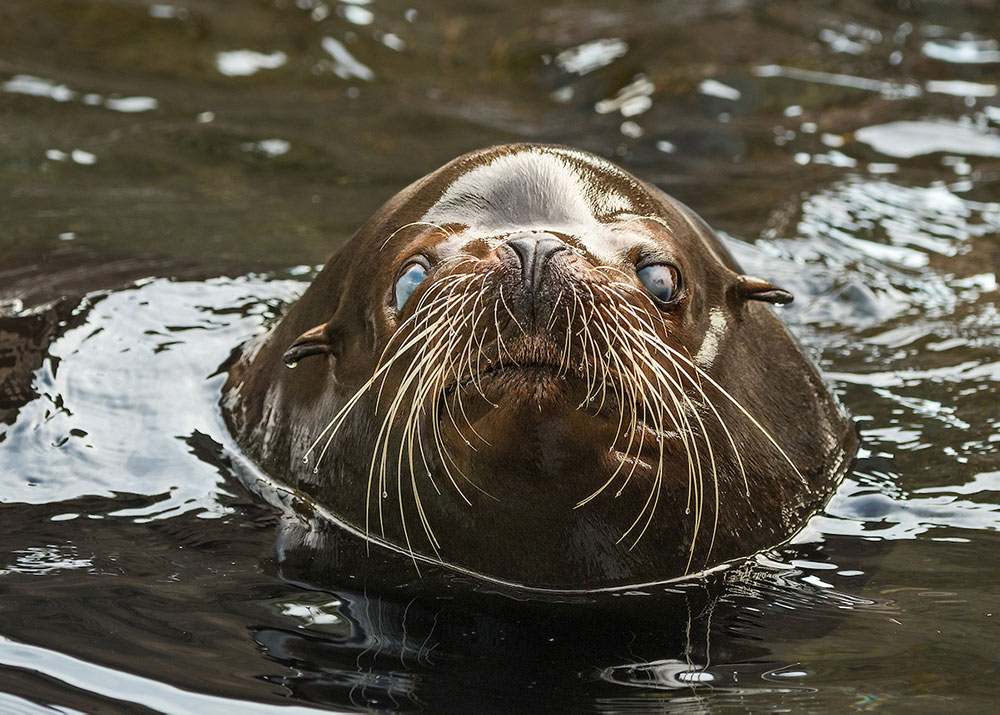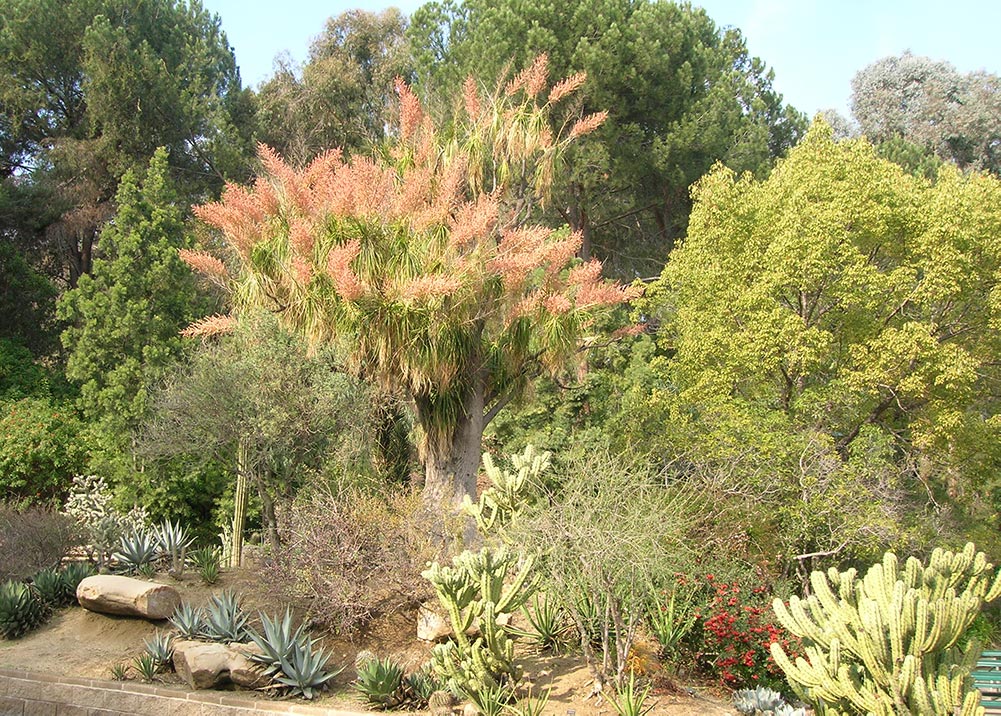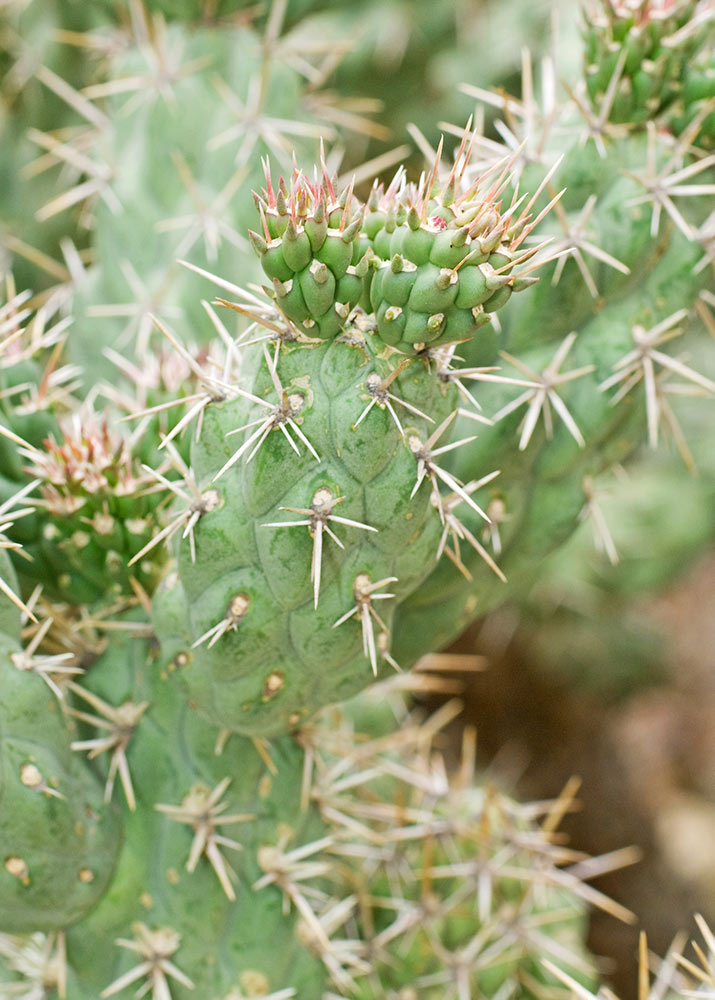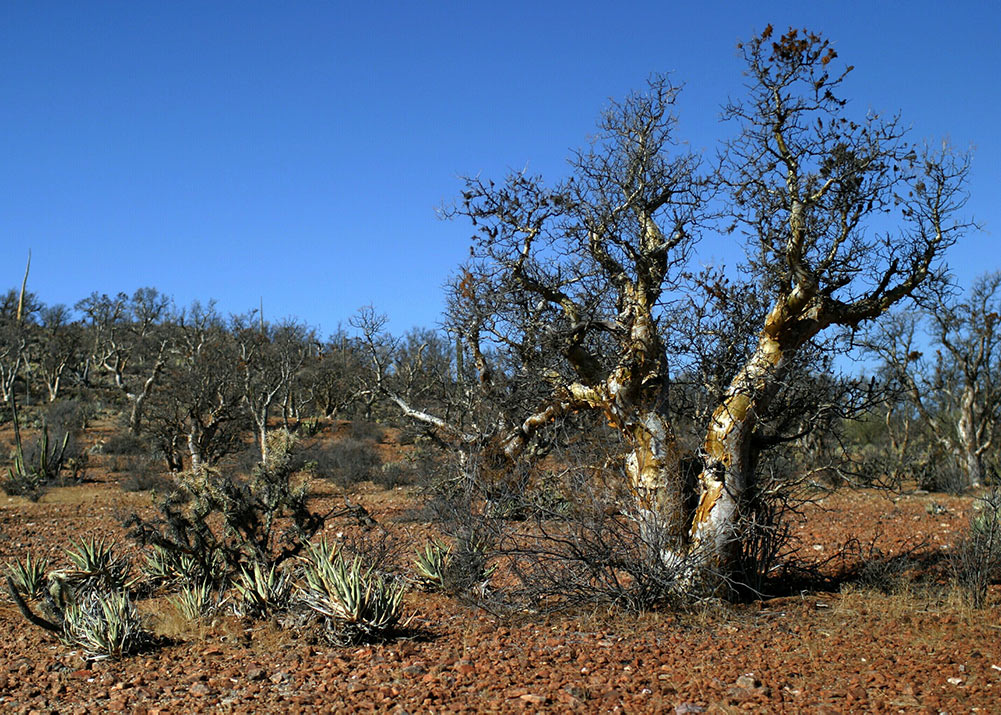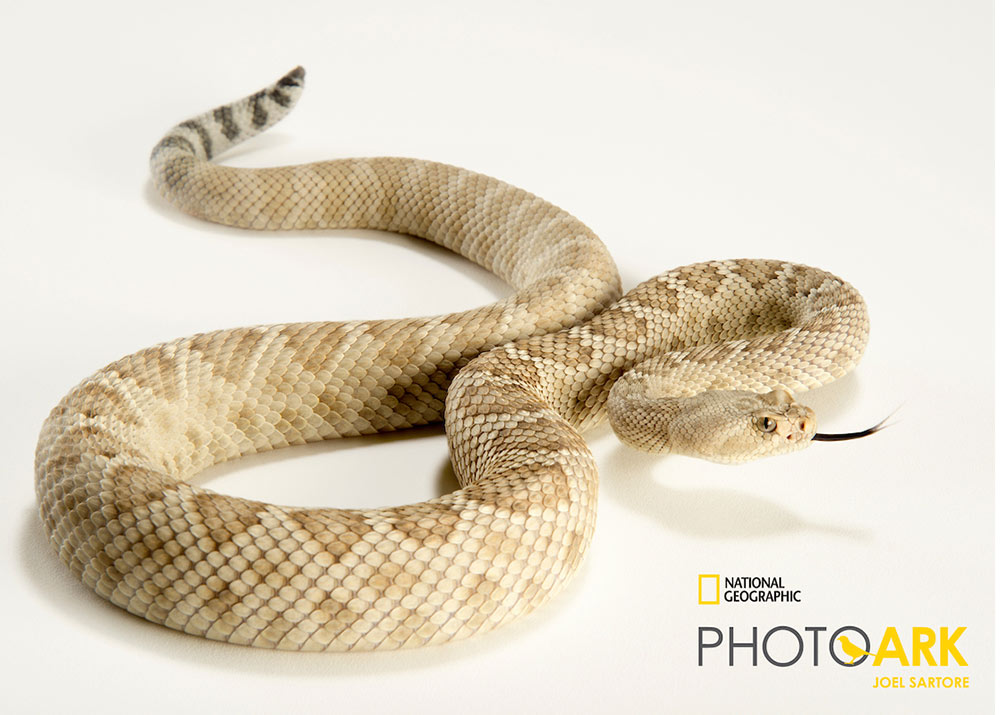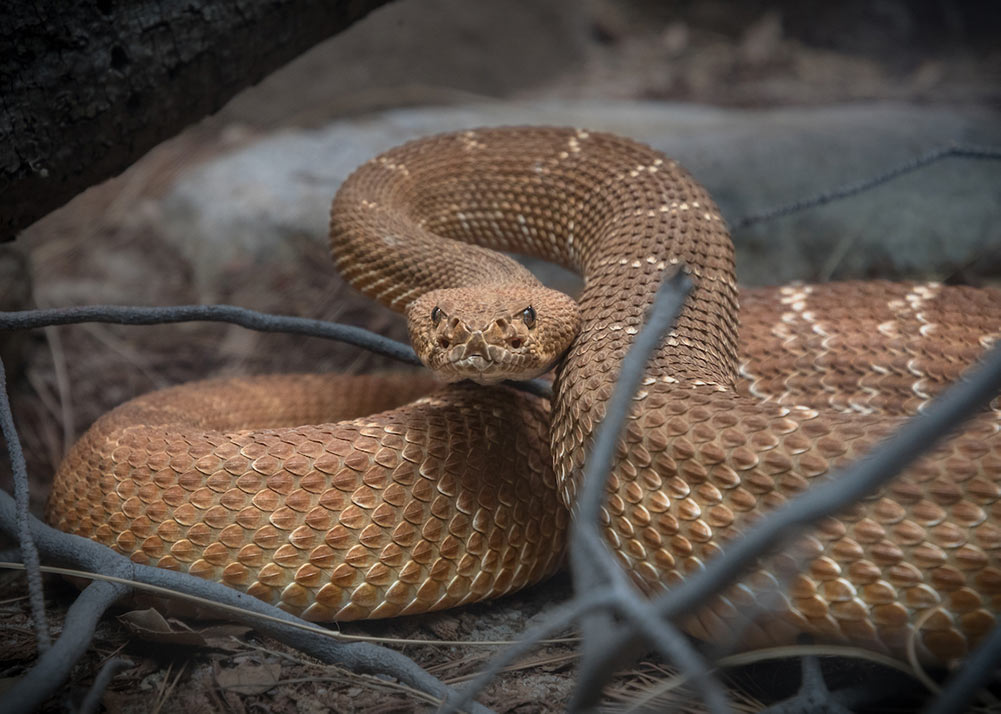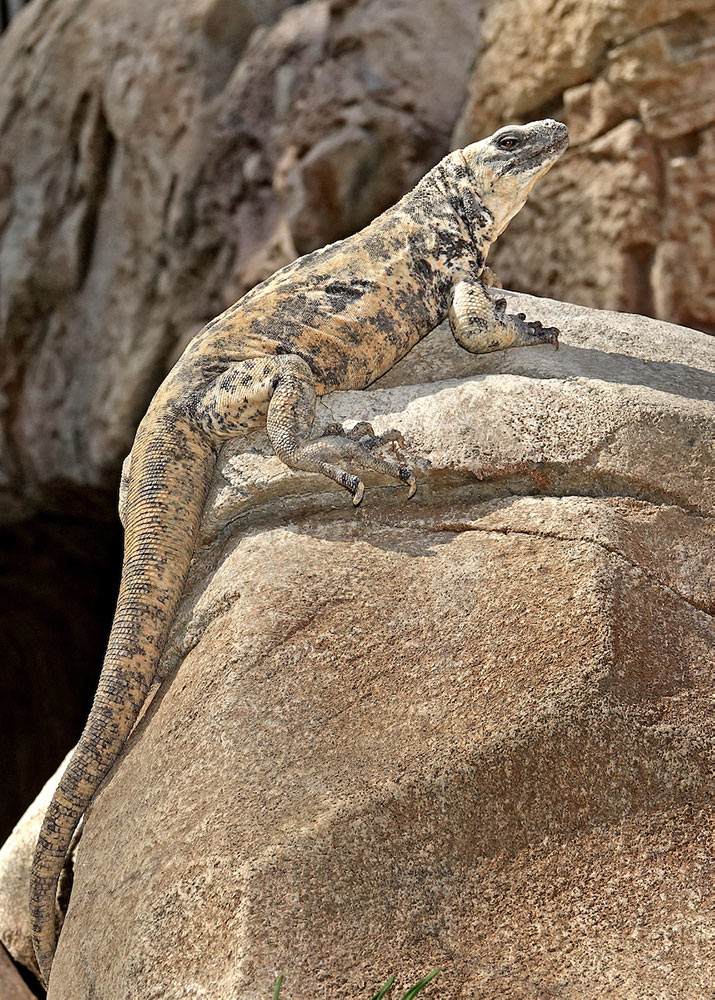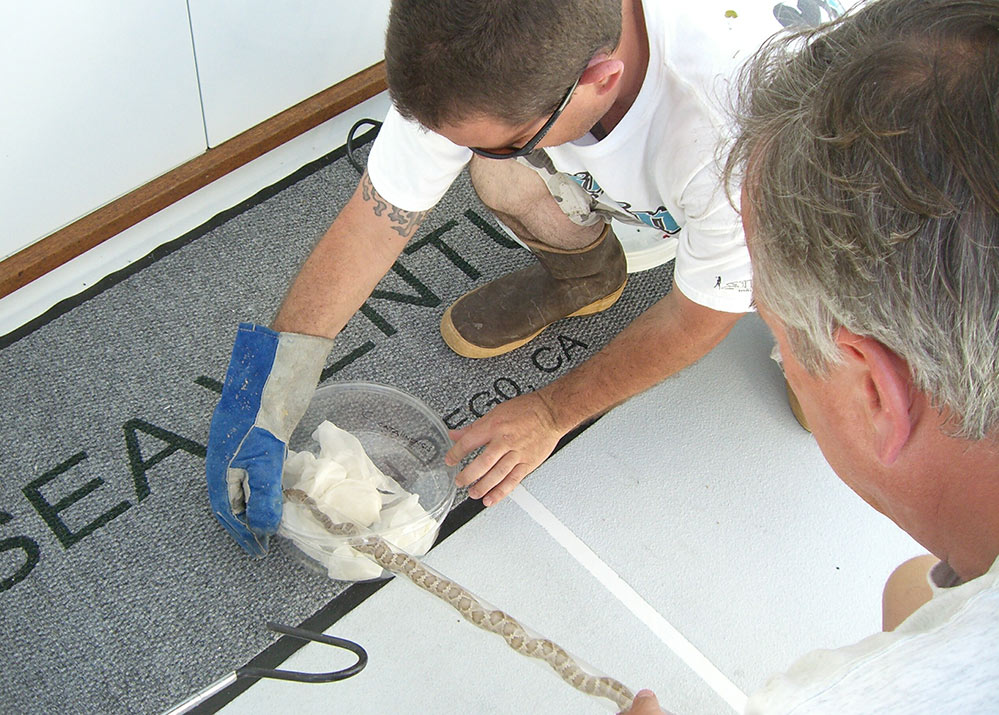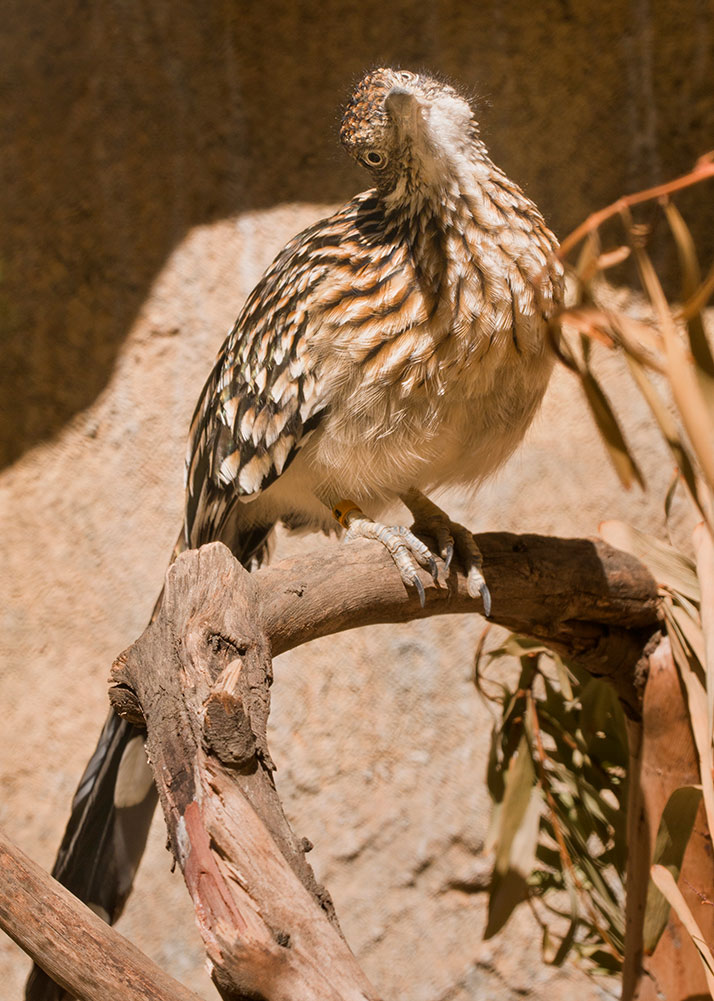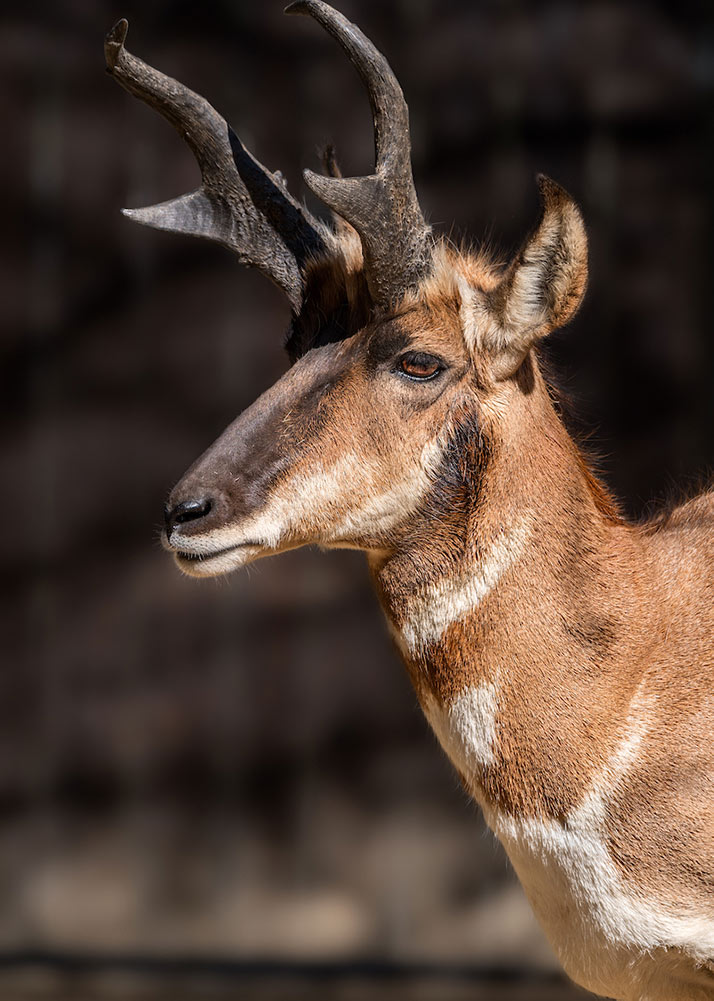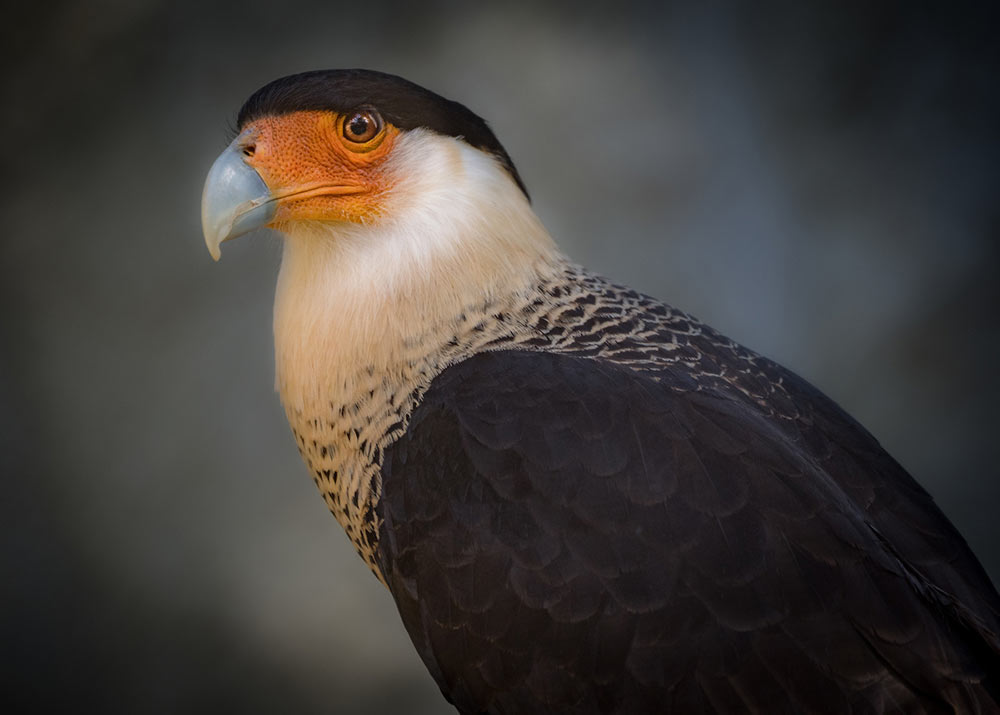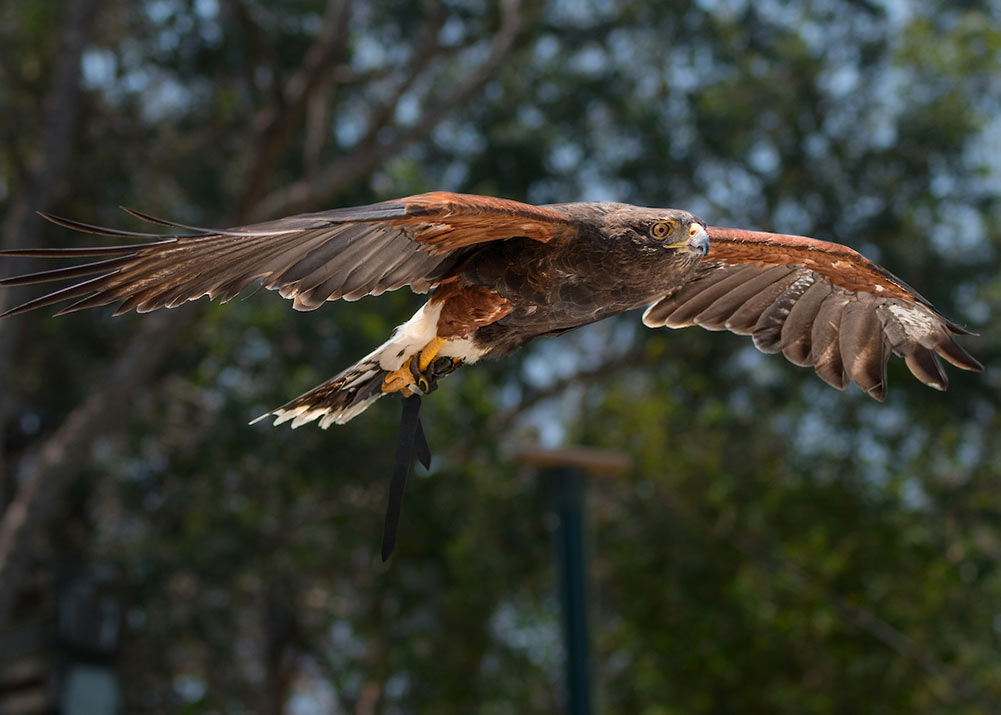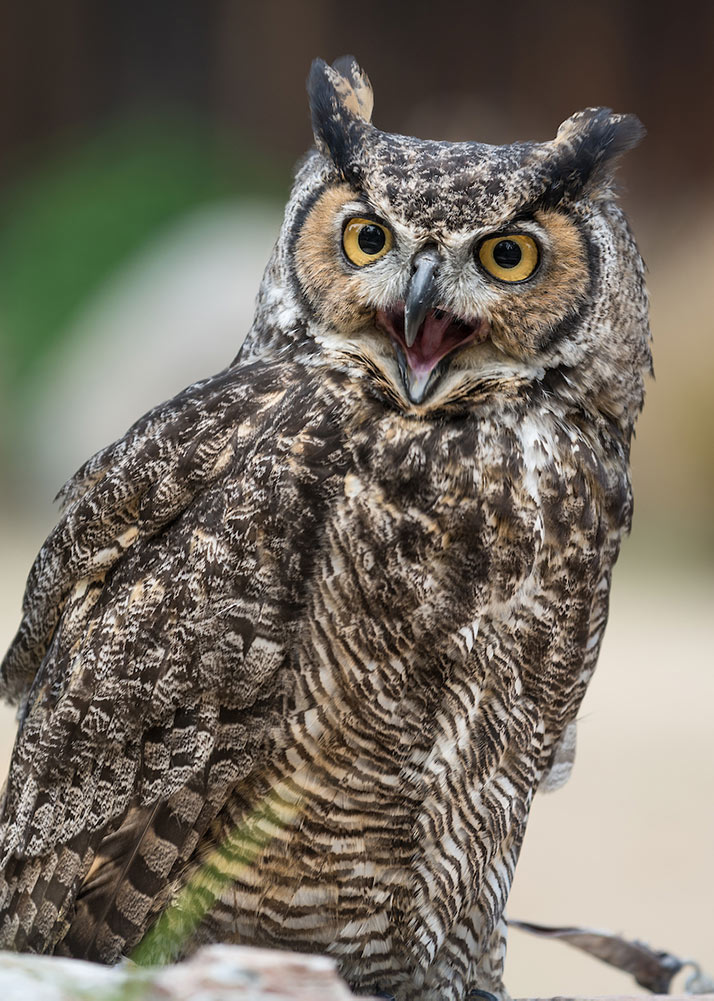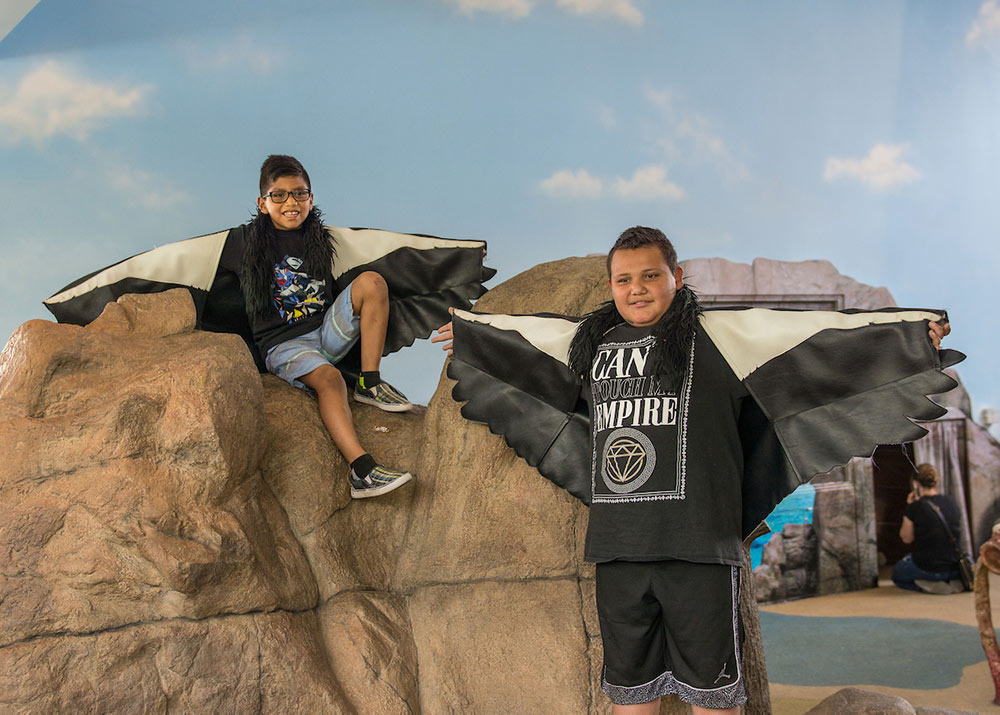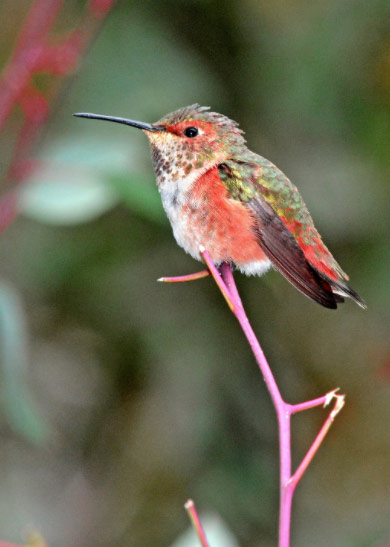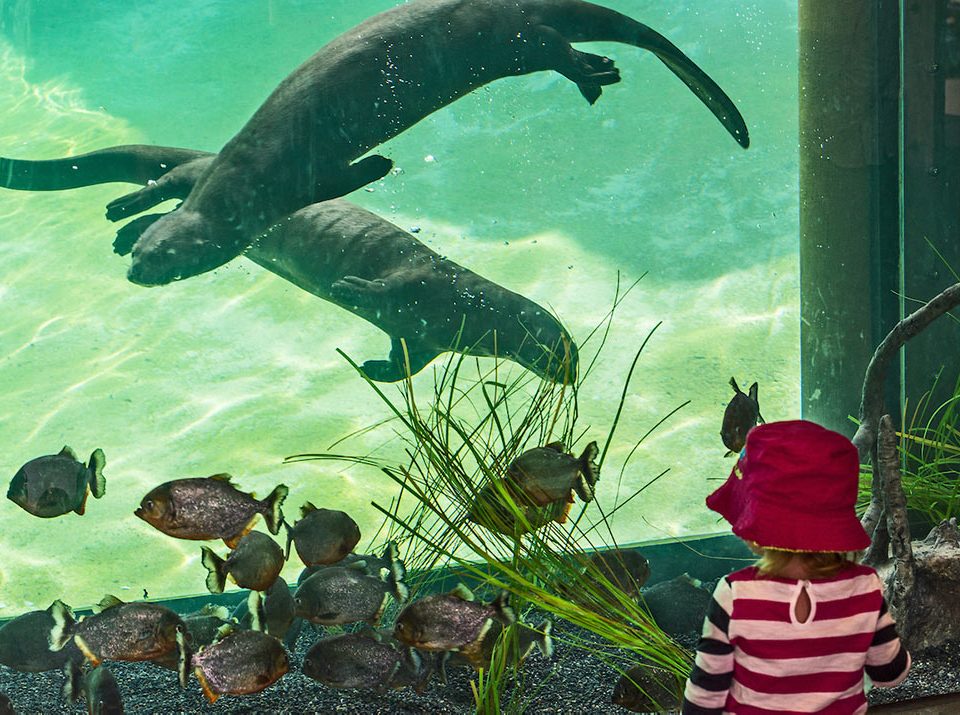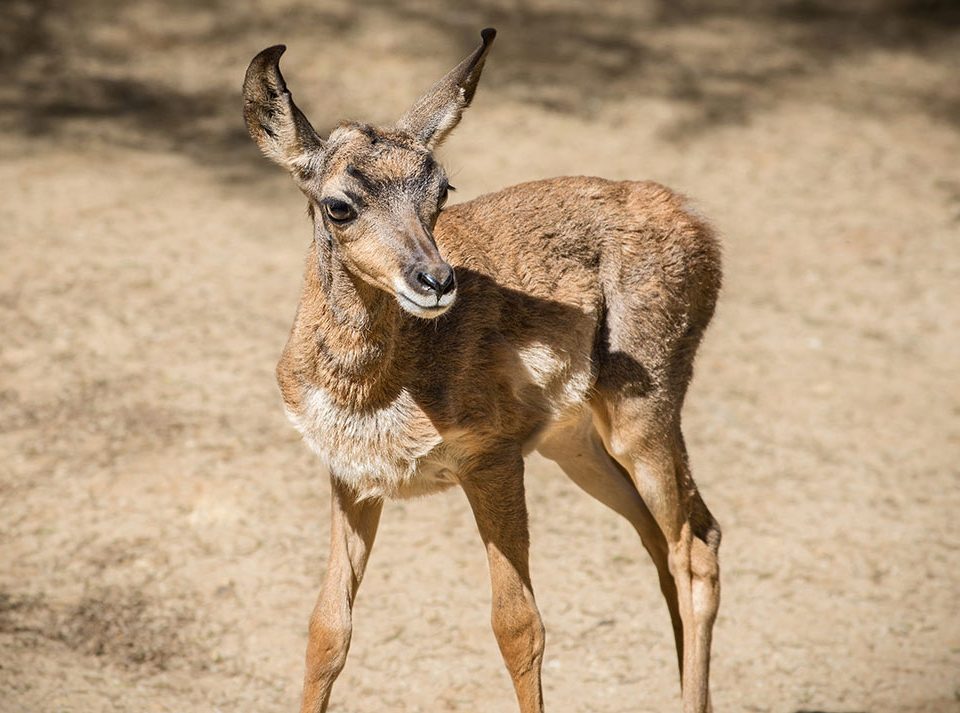Explore: Baja California

Member POV: All in the Family
February 5, 2018
“Pronghorn Project Ahead”: An Update on Vital Field Conservation in Baja California
February 5, 2018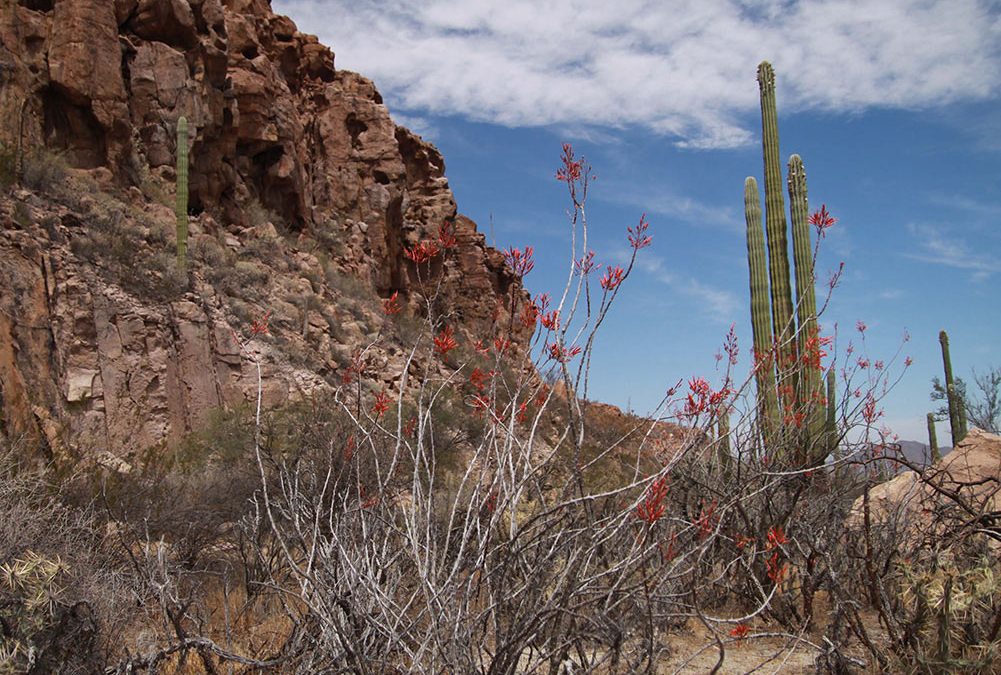
The Baja California landscape as seen during a field conservation trip. Photo by Ian Recchio
Inspired by this month's feature story about the Peninsular Pronghorn Recovery Project (PPRP), this self-guided tour around the Zoo will take you to visit the animals whose wild populations are native to the Baja California peninsula. Separated from the mainland of Mexico by the Gulf of California and the Colorado River, the peninsula boasts gorgeous coastline, rugged mountain ranges, and rocky desert. Next time you visit the Zoo, follow this roadmap to spot the diverse community of animals and plants that originate in this unique biome.
Welcoming you with his friendly bark as soon as you enter Zoo grounds is Buddy the California sea lion. Weighing in at nearly 700 pounds, Buddy was rescued off the coast of Manhattan Beach, where he was found malnourished and blind. Marine Mammal Care Center Los Angeles rehabilitated him, and he was relocated to the L.A. Zoo's Sea Life Cliffs (1), which he shares with another sea lion, Rockie, and three harbor seals.
Across the pathway from Zoo Grill is a Baja Garden (2), where you can view plants native to the Baja California peninsula. The collection of succulents and cacti from the region includes agaves, dudleyas, and yuccas—plus an unusual plant known to some as the Mexican boulder plant (Calibanus hookeri). You can see a stand of legendary cholla cactus—notorious for its spines, which feature microscopic, backward-pointing barbs that cling to flesh. Curator of Reptiles Ian Recchio has had a few too-close encounters with this plant! The bottle palm (not a palm at all, but a type of succulent) is kinder and gentler. Nuttall's woodpeckers often nest in hollow portions of the trunk. A few plants from the region are commonly called elephant trees, due to their swollen limbs that some people find resembles an elephant's trunk. The Baja Garden features three—Bursera fagaroides, Bursera microphylla, and Pachycormus discolor. If you are very fortunate, you will visit when some of the cacti are in spectacular bloom. Even the vicious cholla offers delicate flowers.
Make your way to the Desert LAIR (3), and that's where you'll really get to know the reptilian neighbors of the peninsular pronghorn. Living in habitats inspired by the Sonoran desert are snakes and lizards that our animal care staff work with both here at the Zoo, and in field conservation outreach.
Continuing on from the LAIR past the Australia exhibits, make a left at Gorilla Grill to find the roadrunner (4)—also known as a chaparral bird. These desert-dwellers can run up to 20 mph on the ground, and generally prefer sprinting to flying. In some indigenous peoples' traditions, such as those of the Pueblo tribe, roadrunners are sacred, and symbols inspired by their unusual X-shaped footprints are considered protective.
Also in this cul-de-sac near the zebra exhibit, you can visit the peninsular pronghorn and their neighbors the bighorn sheep (5). Where the pronghorn have unmatched speed, the bighorn are excellent climbers.
If, instead of veering toward the LAIR when you entered the Zoo, you shifted uphill past the Tom Mankiewicz Conservation Carousel, continue on past the Elephants of Asia overlook and the Rainforest of the Americas exhibit. In the South America exhibit, gaze upon Mexico's national bird, the crested caracara (6).
Every day at noon and 2:30 p.m. (except Tuesday), the World of Birds show (7) is live (weather permitting), with a diverse array of birds showing off their natural behaviors in a free-flight show. Depending on the day, you might see a number of birds native to the Baja California peninsula in the show, such as a Harris's hawk, great horned owl, barn owl, and peregrine falcon.
On your way out of the Zoo, families with young children may want to make a trip to the California Condor Rescue Zone (8), an indoor play space that's open on weekends and holidays, where children can learn about the conservation efforts of the Los Angeles Zoo and our partners that have brought this iconic bird back from the brink of extinction. At 1 p.m. on Saturdays and Sundays, our education staff present interactive "Campfire Stories" about these birds, whose wild habitat ranges from Baja California Sur to southwestern Canada.
As regular visitors to the Zoo know, wildlife observation can sometimes require a bit of time and patience to spot an animal within its exhibit. Animals are experts at nestling in just the right spot for a nap on a hot day, or camouflaging behind an enrichment item. So, next time you're strolling around Zoo grounds, don't forget to take a moment to observe the native wildlife all around you. A red-tailed hawk circling overhead or a hummingbird perched atop a wildflower is just as much a part of the landscape here in Los Angeles as it is on the Baja California peninsula.



